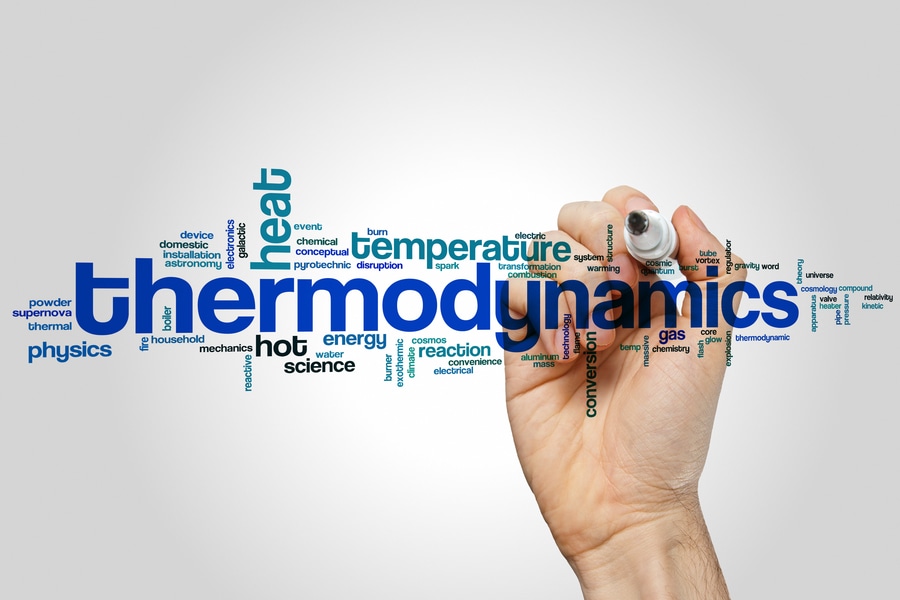
#Industry News
HEAT CONDUCTION BOUNDARY CONDITIONS
When solving the differential equation governing heat conduction in a body, it is necessary to apply boundary conditions at the edge of the analysis domain to obtain a solution.
The three common boundary conditions are:
(1) constant temperature
(2) constant heat flux
(3) convection
Constant temperature Boundary Conditions
Temperature boundary ConditionsFor the constant temperature boundary condition, the surface temperature is assumed to remain at the specified value. Regardless of how much heat passes through the surface.
In general, the specified surface temperature can change with time, and can also be different for distinct points on the boundary. Physically, constant temperature boundary conditions are often approximated very well by phase change (boiling, melting, condensation, etc.) at the surface.
The energy associated with phase change absorbs or supplies large amounts of heat at the phase change temperature.
Constant Heat Flux Conditions
Heat Flux Temperature BoundaryFor the constant heat flux case, the heat flux at the surface is assumed to remain at the specified value regardless of what happens to the temperature. Again, in the most general case, the specified heat flux can be a function of time and position.
Over a limited range of temperatures, a constant heat flux boundary condition might be approximated by a thin electrical resistance heater, or by radiative heating from a source that is at a much, much higher temperature than the surface. A well-insulated surface constitutes a special case of a constant heat flux boundary condition where the heat flux is specified as zero. This is called an adiabatic surface.
Convection Boundary Conditions
Convective Heat TransferA convection boundary condition occurs when the surface is exposed to convective heat transfer governed by Newton’s law of cooling. The convective heat transfer coefficient and the free stream temperature could, in general, both be functions of time and position.
A simple example of one-dimensional, steady-state heat transfer can illustrate the effect and application of different boundary conditions. The governing differential equation (assuming constant properties) is simply:





